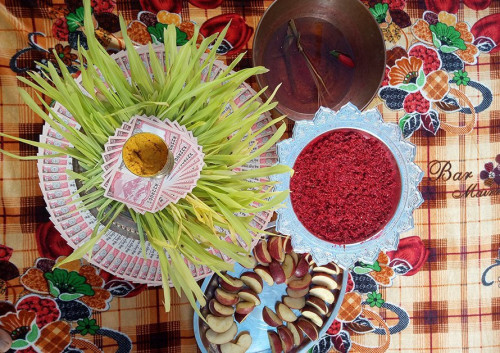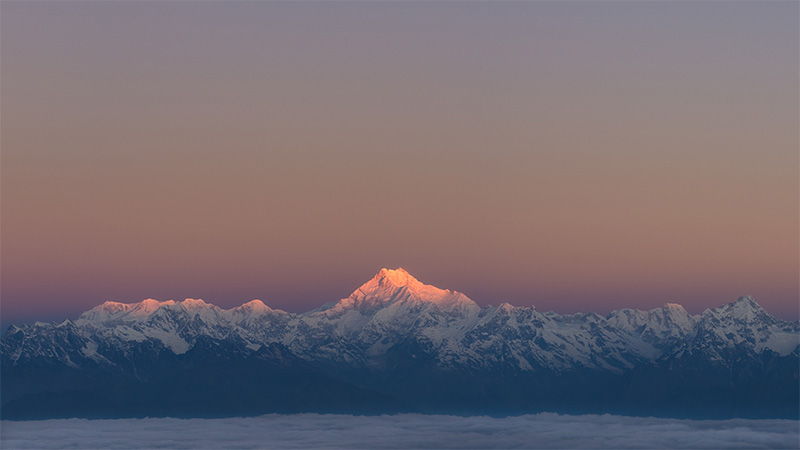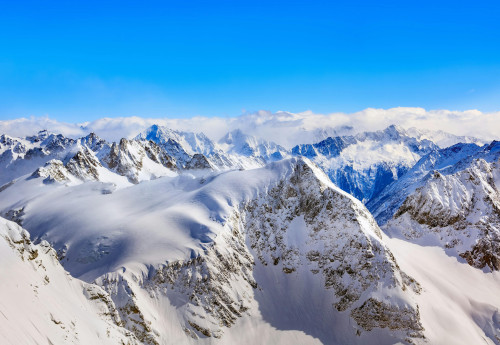21st Apr, 2023
Guide to Health and Safety On Trekking In Nepal
- Magnificent Himalayan Treks
Trekking in Nepal is a thrilling adventure that offers breathtaking landscapes and cultural experiences. However, it's crucial to prioritize health and safety to ensure a successful and enjoyable trek. From preparing for the journey to acclimatization, this article explores various aspects of health and safety that trekkers should consider before Starting on their Nepalese adventure.
II. Preparing for the Trek
Physical Fitness and Training
Before embarking on a trek in Nepal, it is important to assess and improve your physical fitness. Trekking at high altitudes can be physically demanding, and being in good shape will enhance your overall experience. Cardiovascular exercises and strength training should be incorporated into your fitness routine to build endurance and strengthen your muscles. Engaging in regular training for several months prior to your trek is advisable.
Consulting with a Healthcare Professional
To ensure your safety during the trek, it is recommended to consult with a healthcare professional before your departure. A pre-trek medical check-up will help identify any underlying medical conditions that may pose risks at higher altitudes. Discussing your pre-existing medical conditions and seeking advice on altitude-related concerns will enable your healthcare provider to offer personalized recommendations and precautions.
Obtaining Travel Insurance
Obtaining comprehensive travel insurance is essential before embarking on a trek in Nepal. Travel insurance provides coverage for unforeseen circumstances such as medical emergencies, trip cancellations, lost baggage, and evacuation services. It is important to carefully understand the policy terms and conditions, including coverage for high-altitude trekking and medical evacuation, to ensure you have adequate protection throughout your journey.
III. Altitude Sickness
Understanding Altitude Sickness and Its Causes
Altitude sickness, also known as acute mountain sickness (AMS), is a common condition that can affect trekkers at high altitudes. It occurs when the body fails to acclimatize properly to the reduced oxygen levels at higher elevations. Factors such as rapid ascent, inadequate acclimatization, and individual susceptibility contribute to the development of altitude sickness.
Recognizing the Symptoms of Altitude Sickness
Altitude sickness can manifest in various ways, ranging from mild to severe symptoms. Common signs include headaches, dizziness, nausea, fatigue, loss of appetite, and difficulty sleeping. Severe cases can lead to High Altitude Pulmonary Edema (HAPE) or High Altitude Cerebral Edema (HACE), which require immediate medical attention.
High Altitude Pulmonary Edema (HAPE)
HAPE is a serious condition characterized by fluid accumulation in the lungs. Symptoms include shortness of breath, persistent coughing, chest tightness, and rapid breathing. If HAPE is suspected, immediate descent to lower altitudes and medical intervention are crucial for a trekkers' safety.
High Altitude Cerebral Edema (HACE)
HACE is a life-threatening condition resulting from brain swelling due to the effects of high altitude. Symptoms may include confusion, difficulty walking, severe headaches, hallucinations, and changes in behavior. Immediate descent and medical intervention are vital in treating HACE.
IV. Acclimatization
The Importance of Acclimatization
Acclimatization is a gradual process that allows the body to adapt to higher altitudes. It is crucial to include rest days and make a gradual ascent during your trek. This gives your body time to adjust to the reduced oxygen levels, reducing the risk of altitude sickness and improving your overall well-being during the journey.
Climb High, Sleep Low Technique
The climb high, sleep low technique is a widely recommended strategy for acclimatization. This involves climbing to higher elevations during the day to aid in the acclimatization process, and then descending to lower altitudes for sleep. This technique helps your body adjust to higher altitudes while minimizing the risk of altitude sickness.
Hydration and Proper Nutrition
Staying hydrated is essential at high altitudes to prevent dehydration and aid in acclimatization. It is important to drink sufficient water throughout the day and avoid excessive caffeine and alcohol consumption. Additionally, maintaining a nutrient-rich diet that includes carbohydrates, proteins, and healthy fats will provide the energy needed for trekking and aid in recovery.
V. Medications for Altitude Sickness
Diamox (Acetazolamide)
Diamox, also known as acetazolamide, is a medication commonly used as a preventive measure against altitude sickness. It works by increasing ventilation and aiding in acclimatization. The dosage and duration of Diamox use should be discussed with a healthcare professional. Potential side effects and precautions, such as tingling sensations and increased urination, should also be considered.
Other Medications for Altitude Sickness
In addition to Diamox, over-the-counter pain relievers such as ibuprofen can be used to alleviate symptoms such as headaches and discomfort. Anti-nausea medications may be helpful for gastrointestinal symptoms. In severe cases of altitude sickness, prescription medications may be necessary and should be administered under medical supervision.
VI. Hygiene and Sanitation
Maintaining Proper Hygiene Practices
Maintaining good hygiene practices is important during a trek in Nepal to prevent illness and ensure well-being. Regular hand hygiene, including washing hands with biodegradable soap and using hand sanitizers, helps minimize the risk of infections. Carrying wet wipes can also be useful for personal hygiene when water is scarce.
Safe Drinking Water
Safe drinking water is essential to prevent waterborne illnesses while trekking. Tap water and untreated water sources should be avoided. It is recommended to use water purification methods such as filtration, boiling, or water disinfection tablets to ensure the safety of the water you consume. Water purification options should be researched and carried along for the trek.
VII. Food Safety
Eating Safe and Healthy Food
Choosing clean and reputable establishments for meals is crucial for food safety. Prioritize establishments with good hygiene practices and consider food hygiene ratings and recommendations. Opting for cooked meals and hot beverages reduces the risk of foodborne illnesses.
Avoiding Raw and Undercooked Foods
Raw or undercooked foods, especially meat and seafood, carry a higher risk of bacterial contamination. It is advisable to consume properly cooked options to minimize the risk of gastrointestinal issues. Vegetarian and vegan food choices can also be considered for added safety.
Choosing Reliable Food Sources
When purchasing food supplies or meals from local vendors and tea houses, it is important to assess the freshness and storage conditions of the food. Ensure that proper food handling practices are followed to minimize the risk of contamination. It is advisable to read reviews and recommendations for food vendors along the trekking route.
VIII. Treating Common Ailments
Headaches and Pain Management
Headaches are a common ailment experienced at high altitudes. They can be managed by over-the-counter pain relievers such as ibuprofen or natural remedies like rest and hydration. Adequate rest and maintaining hydration levels often help alleviate headaches.
Nausea and Upset Stomach
Nausea and upset stomach are common gastrointestinal issues experienced while trekking. Natural remedies like ginger-based products can help alleviate these symptoms. Avoiding heavy and greasy meals during the trek can also minimize the occurrence of these ailments.
Diarrhea and Dehydration
Traveler's diarrhea can be prevented by practicing proper hygiene and avoiding contaminated food and water sources. In the event of diarrhea, oral rehydration solutions should be used to prevent dehydration. If symptoms persist or become severe, it is important to seek medical help.
IX. First Aid Kit
Essential Items for a Trekking First Aid Kit
A well-prepared trekking first aid kit should include essential items such as bandages, gauze, wound dressings, antiseptic solutions, and ointments. It is important to carry supplies for blister care and foot-related issues, as blisters are a common problem during treks.
Pain Relievers and Medications
Including over-the-counter pain relievers such as acetaminophen or ibuprofen in the first aid kit can help manage pain and discomfort. Allergy medications and antihistamines can be useful for allergic reactions or insect bites. Personal prescription medications should be carried in sufficient quantities.
X. Sun Protection
The Importance of Sun Protection at High Altitudes
At higher elevations, the risk of sunburn and skin damage is increased due to the thinner atmosphere and greater exposure to UV radiation. Long-term effects of UV radiation can also be significant. Therefore, proper sun protection is crucial during trekking in Nepal.
Sunscreen with High SPF
Choosing a broad-spectrum sunscreen with a high sun protection factor (SPF) is essential for protecting the skin against harmful UV rays. It is recommended to apply sunscreen generously and regularly, especially on exposed areas such as the face, neck, arms, and legs. SPF recommendations for high-altitude conditions should be followed.
Sunglasses with UV Protection
Protecting the eyes from harmful UV rays is equally important. Wearing sunglasses with UV protection helps prevent eye damage and discomfort caused by excessive sun exposure. Polarized lenses and wrap-around styles provide additional protection. Individuals with vision needs should consider prescription sunglasses.
Protective Clothing and Accessories
Wearing appropriate clothing and accessories helps minimize sun exposure and reduce the risk of sunburn. Wide-brimmed hats provide shade for the face and neck, while lightweight and breathable clothing cover the body. UV-protective arm sleeves and gloves offer added protection for the arms and hands.
XI. Insect and Wildlife Safety
Preventing Insect Bites and Vector-Borne Diseases
Insect repellents containing DEET or picaridin are effective in repelling mosquitoes and other insects. Proper application of repellents on exposed skin and clothing is essential. Wearing protective clothing and gear, such as long-sleeved shirts and pants, can further reduce the risk of insect bites and vector-borne diseases.
Using Insect Repellents and Mosquito Nets
Choosing effective mosquito repellents and applying them correctly is crucial to prevent mosquito bites, especially during sleep. Sleeping under treated mosquito nets provides an additional layer of protection. Treating clothing with insect repellent can provide extended protection while trekking.
Awareness of Wildlife and Safety Measures
Respecting wildlife habitats and ecosystems is important during a trek. Maintaining a safe distance from animals helps ensure their well-being and minimizes the risk of encounters. Following guidelines provided by local authorities or trekking guides is crucial for wildlife safety.
XII. Environmental Considerations
Leave No Trace Principles
Understanding and following the Leave No Trace principles is essential to minimize the impact of human activity on nature. These principles include practices such as packing out all waste and trash, disposing of waste properly, and respecting the natural environment.
Respecting Nature and Wildlife
Staying on designated trails and paths helps preserve the natural environment and prevent damage to flora and fauna. Avoiding disturbance to wildlife habitats and practicing responsible wildlife observation and photography are important for maintaining the balance of the ecosystem.
Proper Waste Disposal
Carrying out all waste and trash generated during the trek is a fundamental principle of responsible trekking. Separating recyclable and non-recyclable items and using designated waste bins and facilities along the trekking route contribute to proper waste disposal and environmental preservation.
XIII. Trekking Permits and Safety Information
Obtaining Trekking Permits
Before embarking on a trek in Nepal, it is necessary to obtain the required trekking permits. These permits not only ensure compliance with local regulations but also provide important safety information and emergency contact details. It is advisable to carry these permits at all times during the trek.
Staying Informed about Weather and Trail Conditions
Staying updated on weather forecasts and trail conditions is crucial for trekking safety. Unfavorable weather conditions such as heavy rain, snowfall, or storms can pose risks to trekkers. Monitoring local news, consulting with local authorities or trekking agencies, and maintaining communication with fellow trekkers can help in staying informed.
Emergency Contact Information and Communication
Having access to emergency contact information is essential during a trek. Save important phone numbers, including local emergency services and trekking agencies, in your mobile phone. Carrying a portable charger or extra batteries for your electronic devices ensures that you can communicate in case of emergencies.
XIV. Conclusion
Prioritizing health and safety is of utmost importance when embarking on a trek in Nepal. Preparing physically, consulting with healthcare professionals, and obtaining comprehensive travel insurance are crucial steps. Understanding altitude sickness, practicing proper acclimatization, and carrying necessary medications can help mitigate risks. Maintaining hygiene and food safety, treating common ailments, and carrying a well-equipped first aid kit are essential. Sun protection, insect and wildlife safety, environmental considerations, and staying informed about permits and safety information contribute to a safe and enjoyable trekking experience.
Recent From Blog
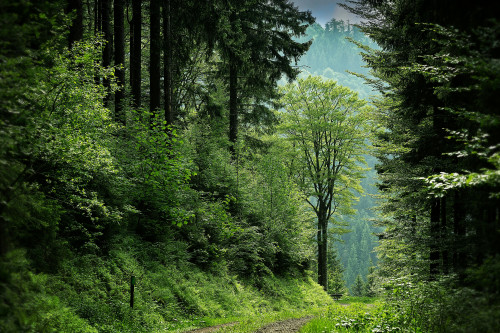
13th Oct, 2025
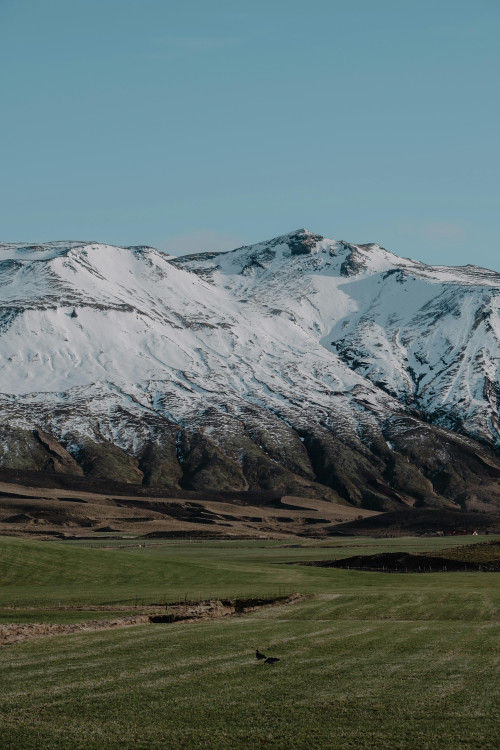
9th Oct, 2025
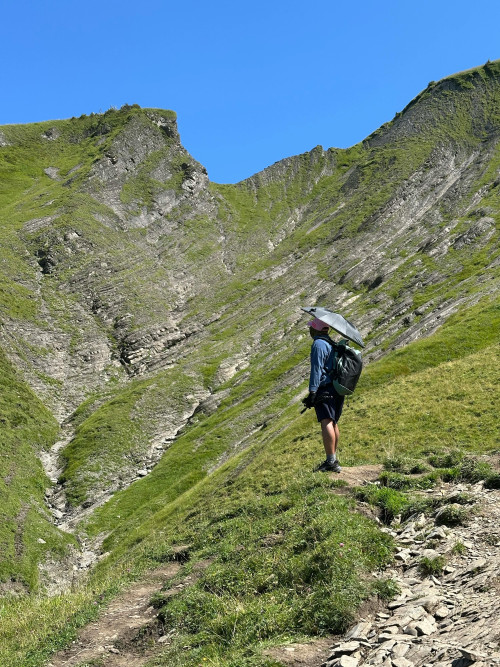
21st Sep, 2025
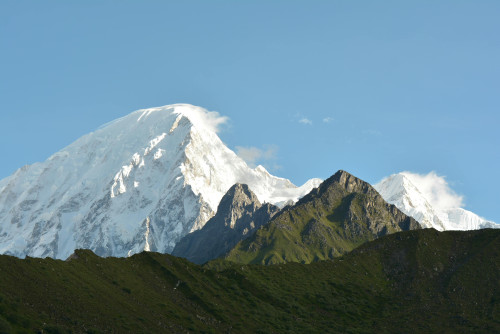
18th Sep, 2025

14th Sep, 2025

3rd Sep, 2025

28th Aug, 2025
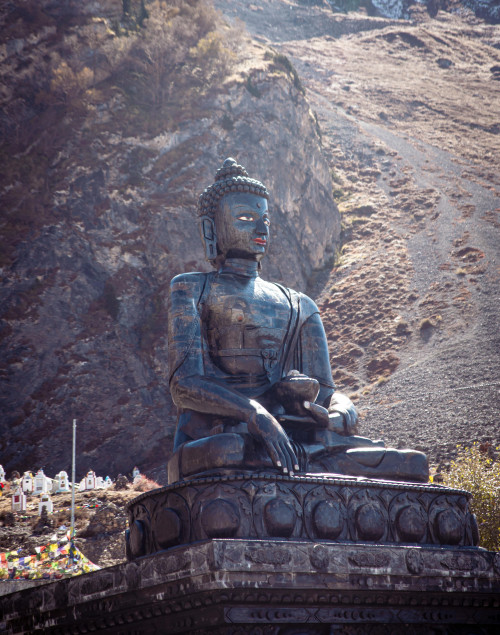
25th Aug, 2025
